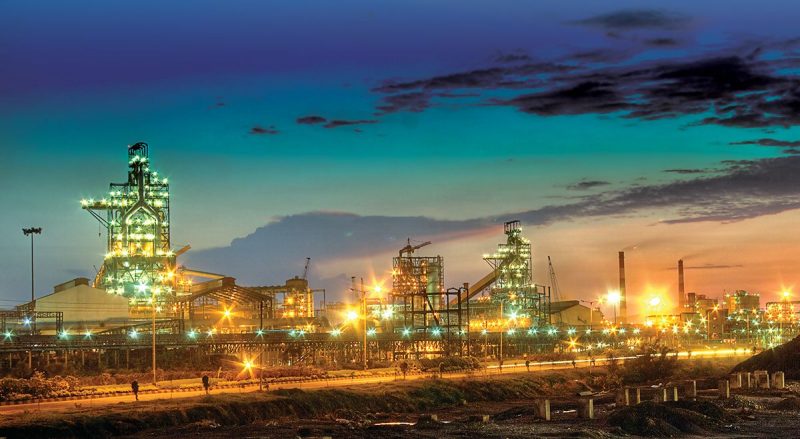
India Eyes Green Steel Exports as CBAM Reshapes EU Trade
The Carbon Border Adjustment Mechanism (CBAM) is opening new doors for India’s green steel exports to the European Union. Saji Samuel, Executive Vice President (Long Products) at JSW Steel, believes that while compliance challenges remain, Indian producers have a unique window of opportunity. In an interview with BigMint, Samuel emphasized that India’s steel sector has only recently entered a major consumption phase, but it must now align with green steel requirements in both domestic and export markets.
He highlighted that Indian mills have invested heavily in Basic Oxygen Furnace (BOF) technologies, which typically last 40–45 years. These assets, while efficient, present challenges in rapidly switching to low-emission alternatives. However, Indian producers are now directing capital toward reducing CO₂ intensity across their operations. The shift to green steel is underway, though Samuel noted that “technology change will take time.”
The opportunity is particularly significant for large players who can meet EU carbon standards and grade specifications. Still, Samuel warned that quality expectations in Europe, paired with competitive pricing, will test Indian suppliers. Despite these hurdles, India’s green steel could fill demand gaps in the European market as CBAM phases in.
SMEs May Struggle to Comply with CBAM Regulations
While major Indian steelmakers are advancing decarbonization strategies, small and medium-sized enterprises (SMEs) face greater obstacles. CBAM requires rigorous monitoring, reporting, and verification (MRV) of embedded emissions, a process that demands both technical capacity and financial resources. Many SMEs lack the tools and infrastructure to fully comply, putting their export potential at risk.
The EU’s CBAM rollout includes progressively stricter reporting requirements from 2026, with full pricing impacts to follow. This will push smaller producers to either scale their capabilities or risk exclusion from high-value European markets. Unless policy support or technological solutions bridge the gap, India’s SME segment could be sidelined in the green steel trade.
Meanwhile, global buyers are tightening supply chain sustainability standards. For Indian exporters, aligning with these standards is no longer optional—it’s strategic. To maintain relevance, even SMEs must begin the journey toward lower emissions and data transparency.
SuperMetalPrice Commentary:
The EU’s CBAM regulation is reshaping global steel flows—and India is well-positioned to benefit. Large players like JSW Steel see green steel as a long-term opportunity, driven by both domestic policy and export potential. Yet the gap between large and small producers is growing. For India to capitalize on CBAM, it must not only support industrial-scale decarbonization but also empower SMEs with access to emissions tracking and verification tools. Long-term, the market will reward those who lead in transparency, technology, and trade readiness. CBAM is more than a tax—it’s a test of who’s ready for the future of steel.


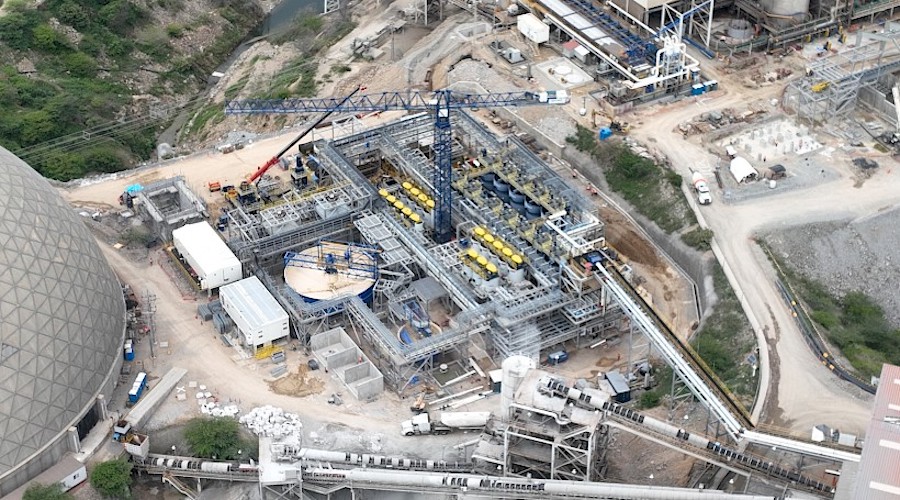
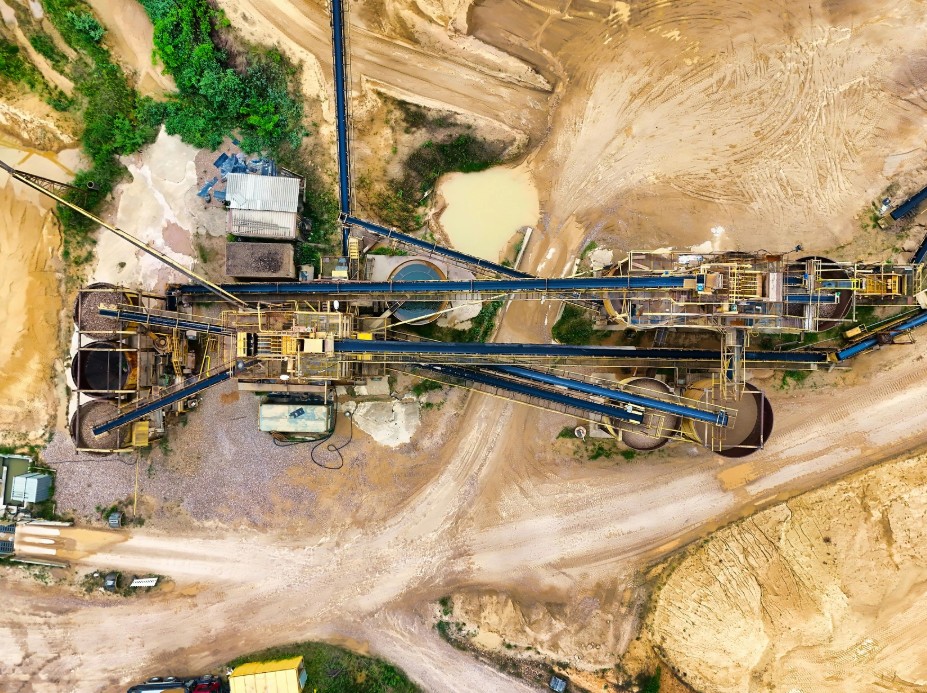



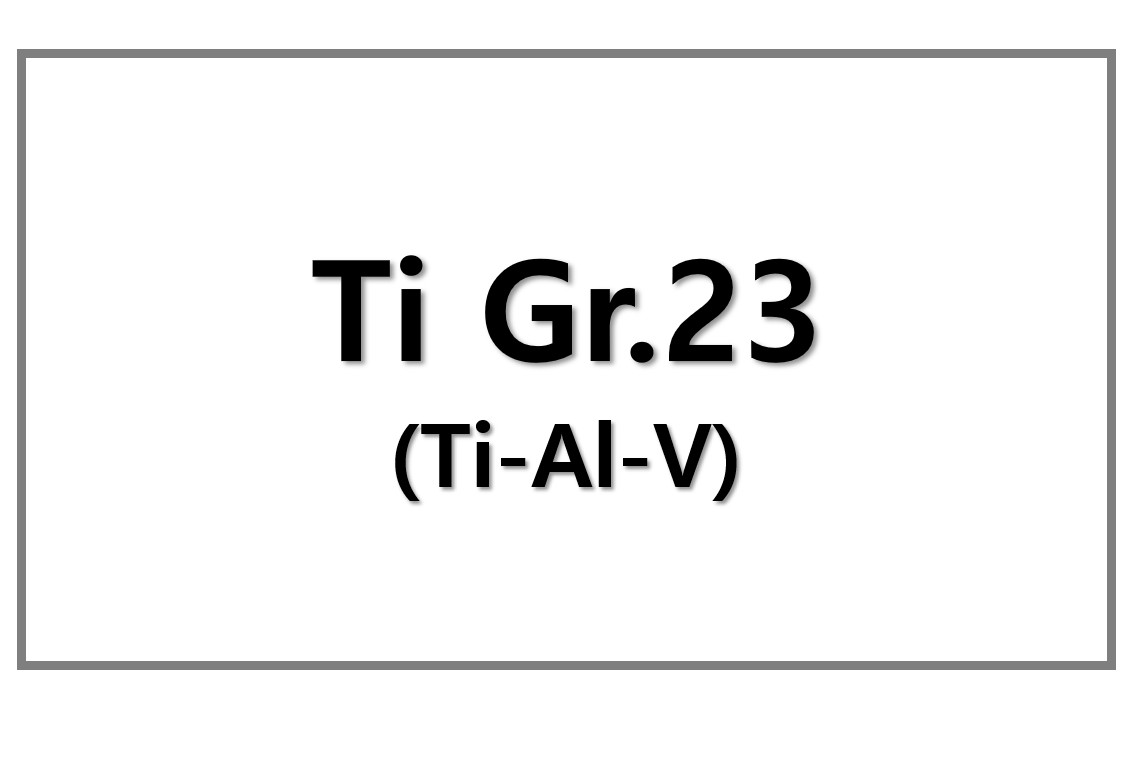
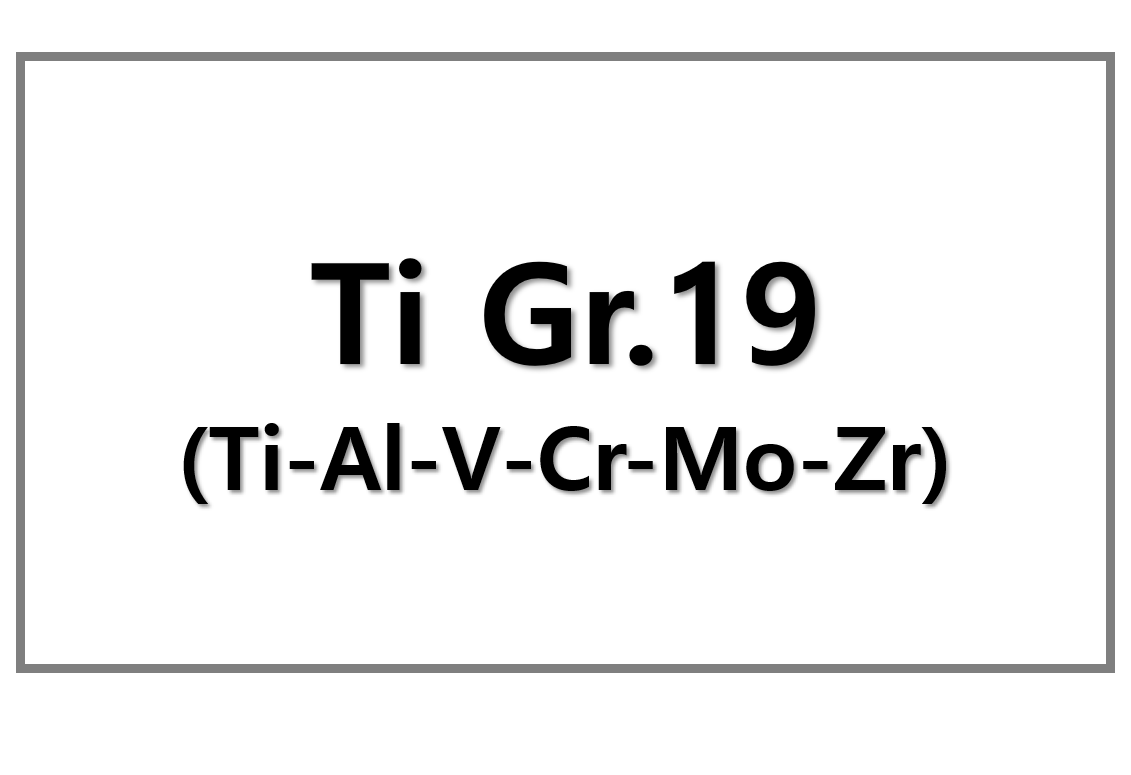
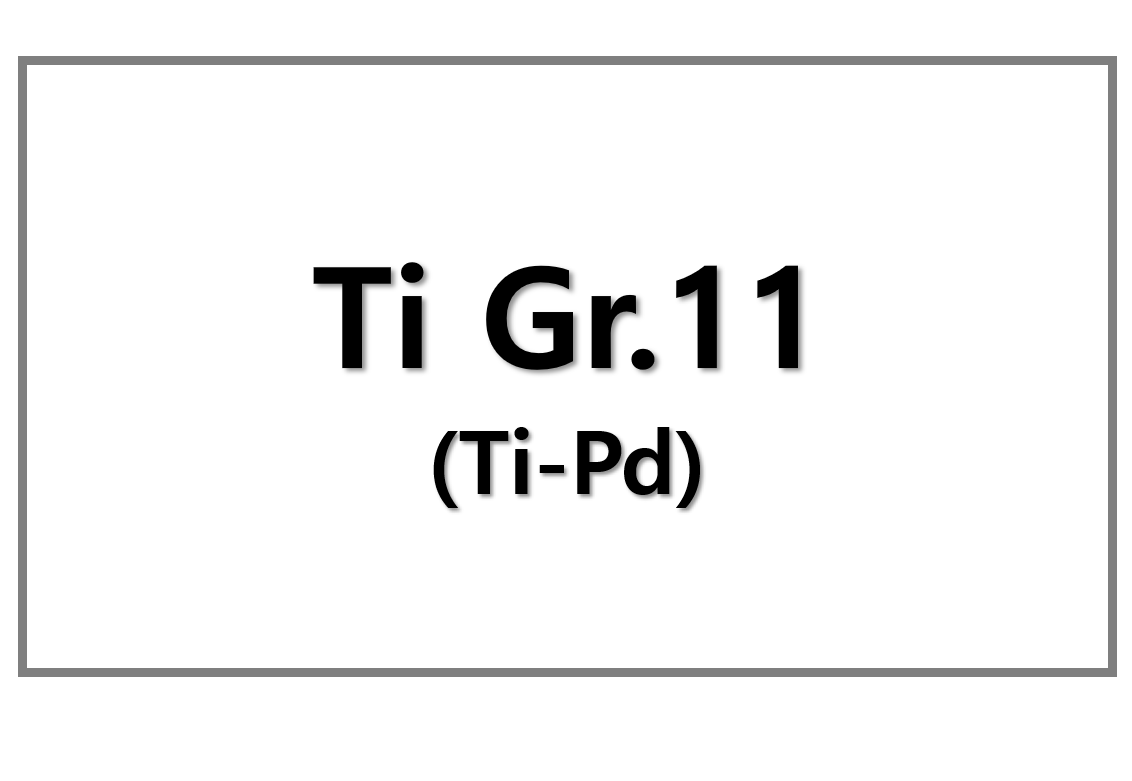
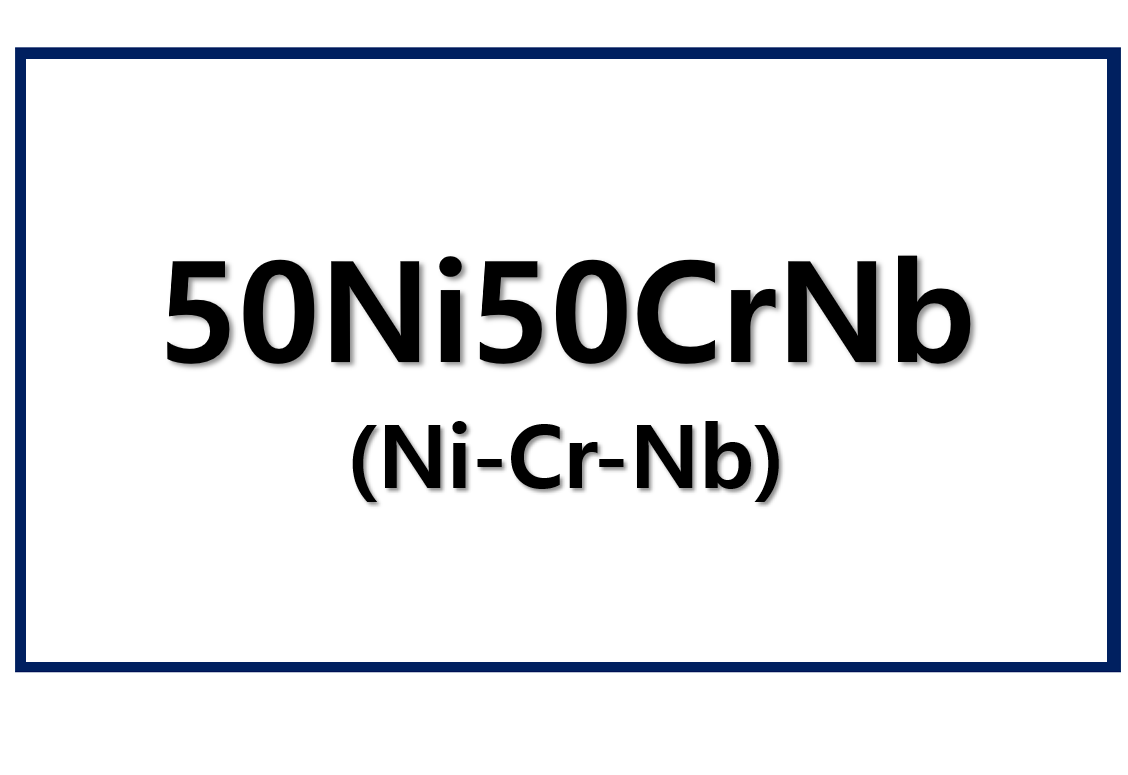
Leave a Reply
You must be logged in to post a comment.